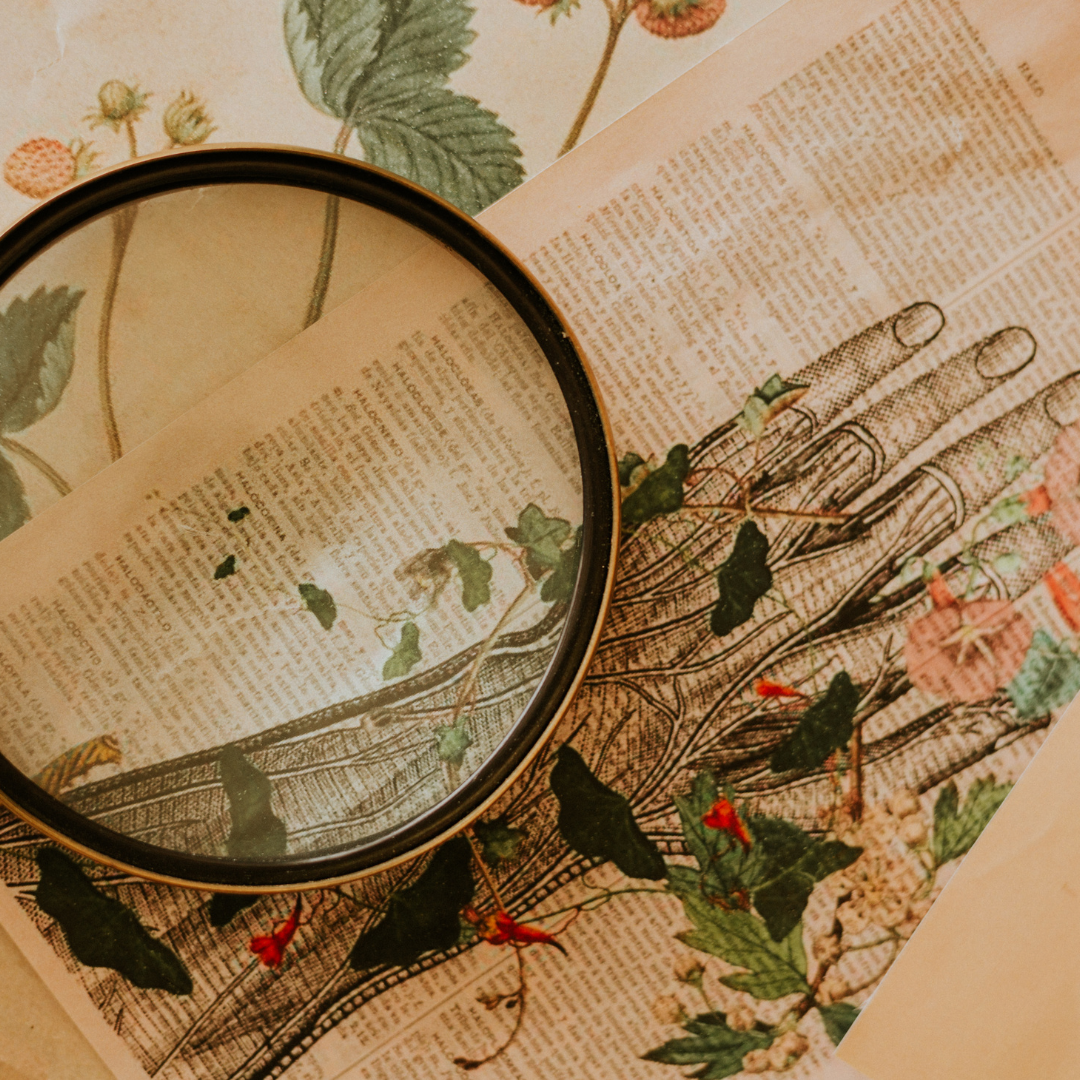I’m frequently surprised at the variety of mixed reactions about the medicinal value of plants and natural products. People will swear by their coffee (a plant), cope with alcohol (ferment of plants) and cigarettes (tobacco, a plant), and decompress with weed (cannabis, a plant) – but they will denounce any therapeutic benefits.
I think part of the confusion is due to the diverse richness of the industrialization of natural products, which parallels the Western/allopathic habit of reducing substances into their “useful” or “active” constituent parts.
In fact, when we look at the history of human evolution – virtually every culture started to study and document their local flora and fauna for potential benefits – for survival, shelter, food and medicine.
The “medical industry” was a product of observation, botany, philosophy, mathematics, physics, and other sciences. It was also always closely correlated with herbalism and pharmacy (which was really one and the same until a calculated denunciation and slander campaign against natural modalities in the United States over the last century).
Let’s look briefly at the history of plant medicine across the globe from the earliest available records:
- 8000 BCE – Ancient Chinese herbal medicine begins to develop using plants such as ginseng, rhubarb, and ginger.
- 3000 BCE – Ayurvedic medicine, originating in India, incorporates natural remedies using herbs, spices, and minerals to treat illnesses.
- 2600 BCE – The ancient Egyptians use herbs such as garlic and onion to treat diseases, while the Ebers Papyrus (an ancient Egyptian medical text) documents over 800 plant-based remedies.
- 2000 BCE – Traditional African medicine is practiced using local plants, minerals, and animal parts to treat ailments.
- 1500 BCE – The ancient Greeks use medicinal plants such as aloe vera, mint, and chamomile for their healing properties, and Hippocrates (the father of Western medicine) emphasizes the importance of using natural remedies in medical practice.
- 600 BCE – Traditional Persian medicine develops, incorporating herbs, minerals, and animal products to treat diseases.
- 300 BCE – Traditional Chinese medicine evolves to include acupuncture, which uses needles to stimulate specific points on the body to balance the flow of energy and promote healing.
- 100 BCE – The Maya civilization in Central America use plants such as cacao, tobacco, and guava for medicinal purposes.
- 1000 CE – Traditional Japanese medicine develops, incorporating natural remedies such as herbs, acupuncture, and massage therapy.
- 1600 CE – Traditional Native American medicine is practiced using local plants and herbs, and the knowledge of their healing properties is passed down through oral traditions.
- 1800 CE – Homeopathy is developed by German physician Samuel Hahnemann, using natural substances in highly diluted forms to stimulate the body’s healing abilities.
- 1900 CE – Modern medicine becomes dominant in many parts of the world, with pharmaceutical drugs and surgical procedures replacing traditional natural remedies. However, many people still practice traditional medicine alongside modern treatments.
- 2000 CE – Interest in natural remedies and alternative medicine increases, and research on the benefits of plant-based medicines continues to grow. Some natural remedies, such as herbal supplements, are now available in mainstream pharmacies and health food stores.
From the beginning of time and until the last few generations, whole plants were used as both food and medicine, with minimal processing in order to maintain the integrity of the phytochemicals in nature’s perfect proportion.
Every living organism in nature is governed by the principles of sacred geometry, and has particular proportions of constituents according to the laws of physics (law of conservation of energy). We also see synergy among the constituents, and that side effect profiles are much better for whole plant products vs isolated, standardized counterparts – which narrow the therapeutic index.
The more we strip down a plant to a singular component, the more targeted it becomes, and that’s the premise of the pharmaceutical industry. The problem is that both natural extracts (ex: standardized phytochemicals, or even essential oils), and naturally-derived or synthetic drugs (ex: cocaine alkaloid from coca plant, or digoxin from Digitalis plants) lack the balance or synergy from their whole plant counterparts.
Any constituent, taken out of context, has the benefit of a much stronger dose-response relationship, but also a much greater potential for toxicity, adverse events, and interactions. These dynamics, although studied in depth over the last decades, are very complex to predict and modulate in the real life clinical context of the intricacies and bio individuality of each living organism that takes such drugs…infinitely more complicated by the number of drugs, and other pharmacokinetic and genetic factors of the individual taking these drugs.
I want to leave you with this: rather than reaching for another pill next time you have the urge for a quick fix to your health concern, consider making your whole life medicine. The way you live, how you think, what feelings you have, the experiences you cocreate – can all be either detrimental or supportive to your overall health and happiness. And plants have historically been our allies, supporting our wellbeing in a myriad of ways. Consider adding more plants to your diet, and also to your daily commute by walking in a park, or to your home by adding in a garden or some indoor plants.
The Site may contain links to affiliate websites, and we receive an affiliate commission for any purchases made by you on the affiliate website using such links. We are highly selective with what products we recommend. Our affiliates include ShareASale and Banyan Botanicals.


